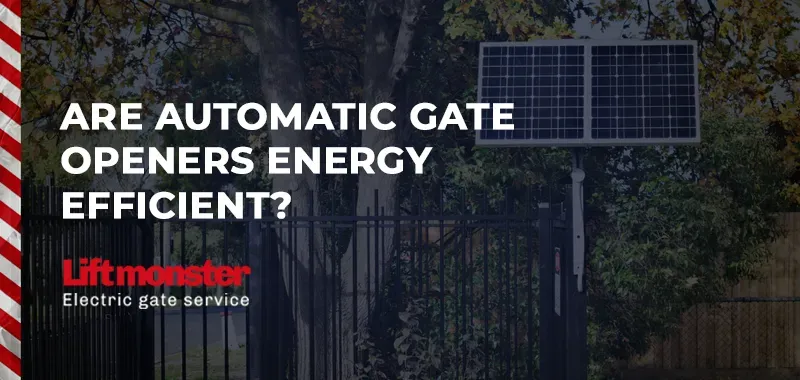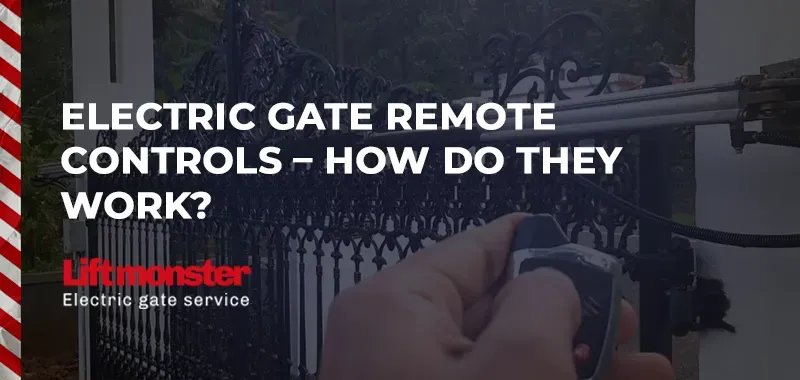Electric Swing Gates: How Do They Work?
Electric swing gates are a popular choice for homeowners and businesses looking for enhanced security, convenience, and aesthetic appeal. These gates operate automatically using motors and sensors, eliminating the need for manual effort while offering controlled access to a property. Whether you are considering installing electric swing gates or simply curious about how they work, understanding their mechanics, benefits, and maintenance requirements is crucial. In this guide, we’ll take a deep dive into how electric swing gates function, the key components involved, and what you need to know before installing one on your property.
The Security Benefits That Automated Gates Bring
Understanding the Mechanics of Electric Swing Gates
At their core, electric swing gates function through a combination of mechanical and electronic components. Unlike traditional manual gates, which require physical effort to open and close, electric swing gates rely on motors powered by electricity. These motors are controlled through a central system, which can be operated via remote controls, keypads, smartphone apps, or sensors.
The basic process of an electric swing gate's operation follows these steps:
- Activation: The gate is activated through a remote control, keypad entry, or sensor detection.
- Motor Engagement: Once activated, the gate's motor receives an electrical signal, initiating movement.
- Arm or Hinge Movement: The motor powers either a swinging arm mechanism or a direct hinge system to move the gate smoothly.
- Controlled Speed and Stop Mechanism: The system ensures the gate moves at a controlled speed and stops securely at the designated open or closed position.
- Locking Mechanism: Once fully closed, the gate often engages a locking mechanism to prevent forced entry.
Electric swing gates are designed to operate smoothly without excessive noise or strain on their components. However, factors such as installation angle, motor power, and external environmental conditions can influence their efficiency.
Key Components of Electric Swing Gates
Understanding the essential components of electric swing gates helps in diagnosing potential issues and maintaining their functionality. The primary components include:
1. Gate Motor
The gate motor is the powerhouse of the entire system. It determines the speed, force, and efficiency of the gate's movement. Motors come in different sizes and capacities, depending on the weight and size of the gate.
2. Control Panel
The control panel is the brain of the electric swing gate. It processes signals from the activation source (remote, keypad, or sensor) and sends the appropriate command to the motor.
3. Remote Control and Keypad Access
These devices allow users to open and close the gate without manual effort. Some systems offer multiple access options, including smartphone apps and voice commands for added convenience.
4. Swing Arm Mechanism
This component connects the motor to the gate and facilitates movement. Some electric swing gates use an articulated arm, while others utilize underground or linear actuators.
5. Safety Sensors and Obstacle Detection
Modern electric swing gates incorporate infrared sensors, motion detectors, and pressure-sensitive edges to prevent accidents. If an obstruction is detected, the system halts or reverses the gate’s movement.
6. Backup Battery and Power Supply
Since electric swing gates rely on power, many systems include a backup battery to ensure functionality during power outages.
Common Issues and Troubleshooting
While electric swing gates are designed for reliability, they can experience occasional issues that require troubleshooting. Here are some common problems and their solutions:
1. Gate Not Responding to Remote Control
If your gate does not open or close when using the remote, check the battery in the remote and ensure the receiver is not obstructed. If the issue persists, resetting the control panel or reprogramming the remote may help.
2. Slow or Uneven Movement
Slow gate movement may indicate a power issue, motor strain, or the need for lubrication on hinges and moving parts. Cleaning and greasing these components can improve performance.
3. Gate Reverses Before Closing Fully
This issue is often caused by misaligned safety sensors detecting an obstruction. Check for debris, dirt, or misalignment and adjust accordingly.
4. Noisy Operation
If your electric swing gate makes unusual noises, inspect the motor and swing arm for wear and tear. Regular maintenance, including lubrication and bolt tightening, can reduce noise levels.
5. Power Outages Rendering the Gate Inoperable
In the event of a power failure, ensure your system has a backup battery or a manual override key to operate the gate manually until power is restored.
Installation Considerations for Electric Swing Gates
Before installing an electric swing gate, several factors must be considered to ensure proper functionality and long-term reliability.
1. Space Requirements
Swing gates require ample space to open fully. Ensure that your driveway or entrance allows for unobstructed movement without hitting obstacles.
2. Power Supply and Wiring
Electric gates need a reliable power source. Professional installation includes proper wiring to prevent short circuits and power failures.
3. Gate Weight and Material
Heavier gates require more powerful motors. Consider the weight and material of your gate when selecting the motor to prevent strain on the system.
4. Security Features
Additional security features such as intercoms, CCTV integration, and tamper-resistant locks can enhance safety and control access to your property.
Maintenance Tips for Long-Term Performance
To extend the lifespan of your electric swing gate, regular maintenance is essential. Here are some expert-recommended practices:
- Clean the Gate Regularly: Dust, dirt, and moisture can accumulate on the gate’s surface, affecting its performance.
- Lubricate Moving Parts: Periodically apply grease or lubricant to hinges, the swing arm, and other moving components.
- Test Safety Sensors: Ensure obstacle detection features are functioning correctly by testing them monthly.
- Inspect Wiring and Connections: Look for exposed wires or loose connections that could interfere with power supply and gate operation.
- Schedule Professional Servicing: Annual inspections by a professional technician can identify and resolve minor issues before they become major problems.
Conclusion
Electric swing gates are a smart investment for enhancing security and convenience in residential and commercial properties. Their seamless operation, remote accessibility, and integration with modern security systems make them a popular choice. Understanding how they work, recognizing potential issues, and following proper maintenance routines can ensure their longevity and reliability.
By choosing the right motor, installing safety features, and keeping up with routine maintenance, you can enjoy the benefits of an efficient and durable electric swing gate for years to come. If you are considering installing one, consulting a professional installer can help tailor the system to your specific needs and property layout.
An electric swing gate isn’t just about keeping your property secure—it’s about making life easier, more convenient, and ultimately, more enjoyable.

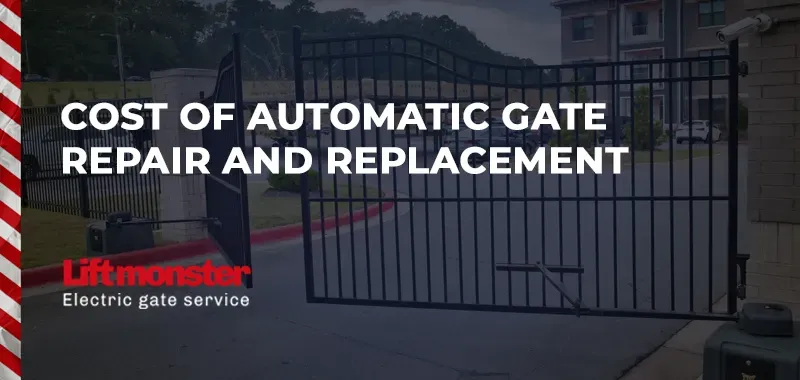
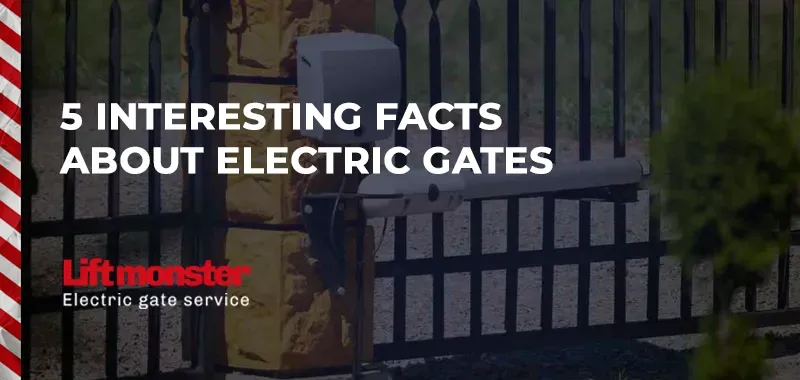
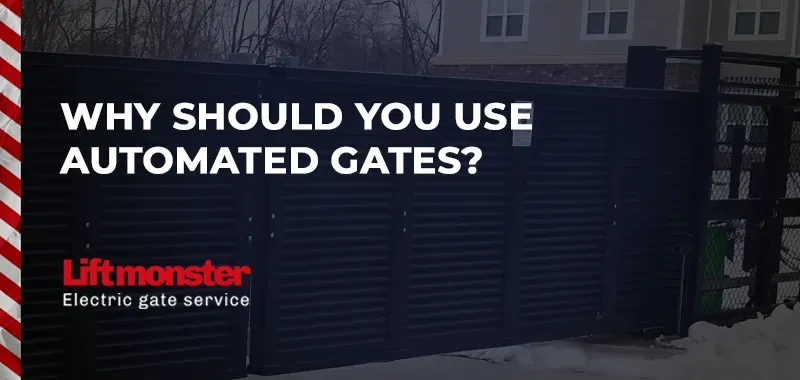
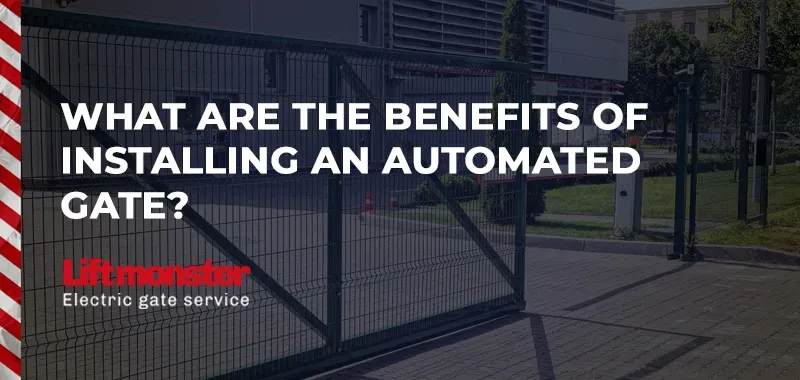
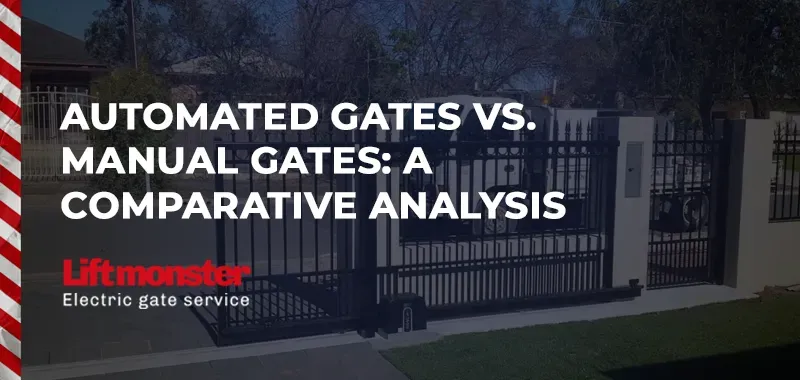
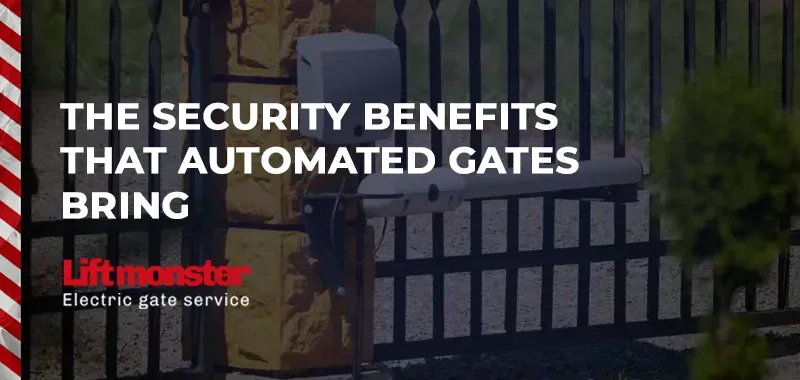
Copyright 2024 Lift Monster LLC
Design and Manage By Magenta SEO


